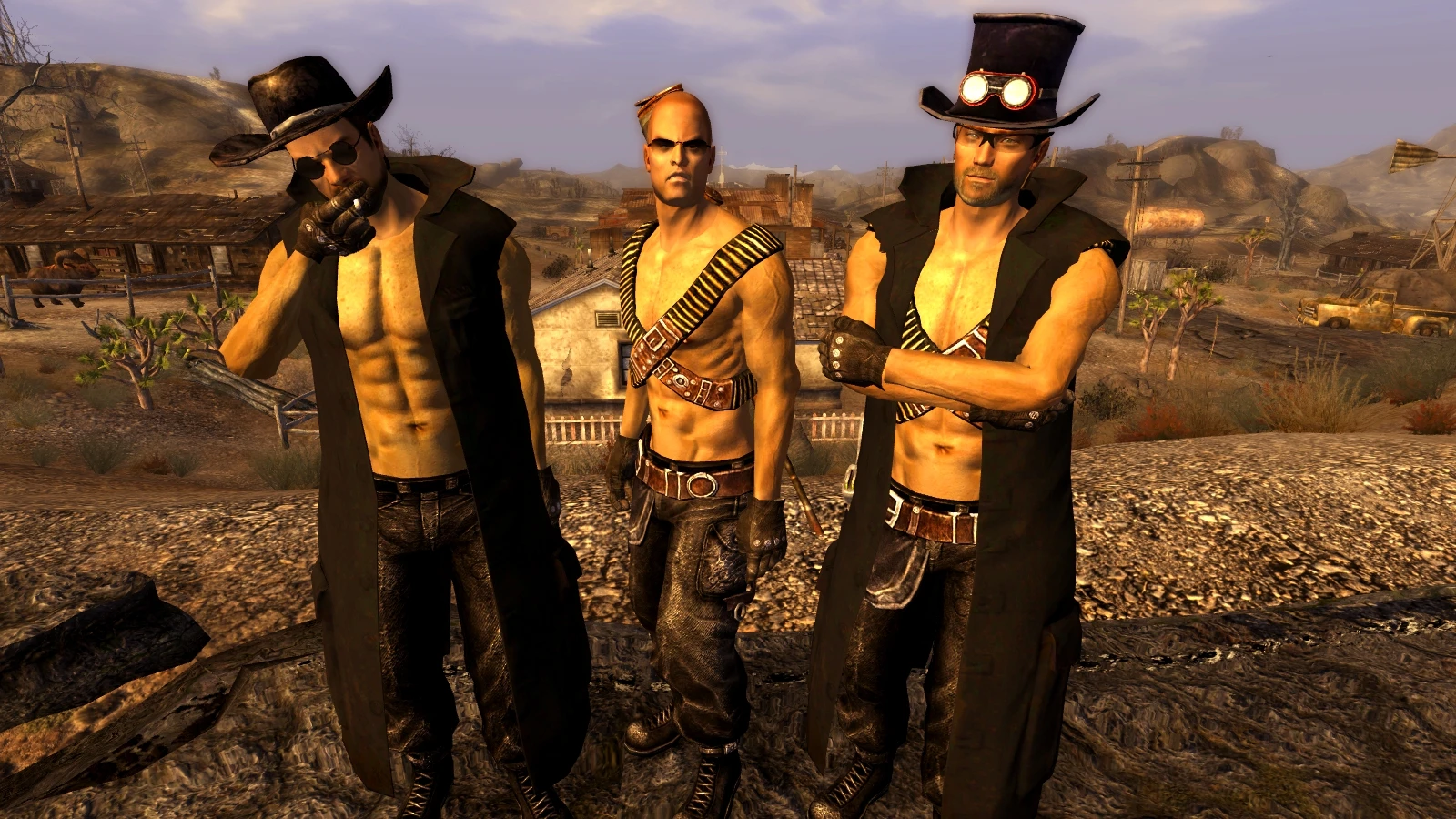

Calwin Schwabe reported in 1979 that dog was widely eaten in Hawaii and considered to be of higher quality than pork or chicken. James Cook, when first visiting Tahiti in 1769, recorded in his journal, "few were there of us but what allow'd that a South Sea Dog was next to an English Lamb, one thing in their favour is that they live entirely upon Vegetables". The breaking of his geasa led to his death in the Irish mythology.ĭogs were historically eaten in Tahiti and other islands of Polynesia, including Hawaii at the time of first European contact. One of Ireland's mythological heroes, Cuchulainn, had two geasa, or vows, one of which was to avoid the meat of dogs. It bans slaughtering dogs and cats for food in the United States, with exceptions for Native American rituals.

On 20 December 2018, the federal Dog and Cat Meat Trade Prohibition Act was signed into law as part of the 2018 Farm Bill. This practice has been well documented in the Works Progress Administration "Indian Pioneer History Project for Oklahoma". The Kickapoo people include puppy meat in many of their traditional festivals. Native peoples of the Great Plains, such as the Sioux and Cheyenne, consumed it, but there was a concurrent religious taboo against the meat of wild canines. The traditional culture surrounding the consumption of dog meat varied from tribe to tribe among the original inhabitants of North America, with some tribes relishing it as a delicacy, and others (such as the Comanche) treating it as a forbidden food. The genetic heritage of the breed has been almost erased through interbreeding with other dog breeds to keep its looks alive. The breed was almost extinct in the 1940s, but the British military attaché in Mexico City, Norman Wright, developed a thriving breed from some of the dogs he found in remote villages.

These dogs, Xoloitzcuintles, were often depicted in pre-Columbian Mexican pottery. Hernán Cortés reported when he arrived in Tenochtitlan in 1519, "small gelded dogs which they breed for eating" were among the goods sold in the city markets. In the Aztec Empire, Mexican hairless dogs were bred for, among other purposes, their meat.


 0 kommentar(er)
0 kommentar(er)
